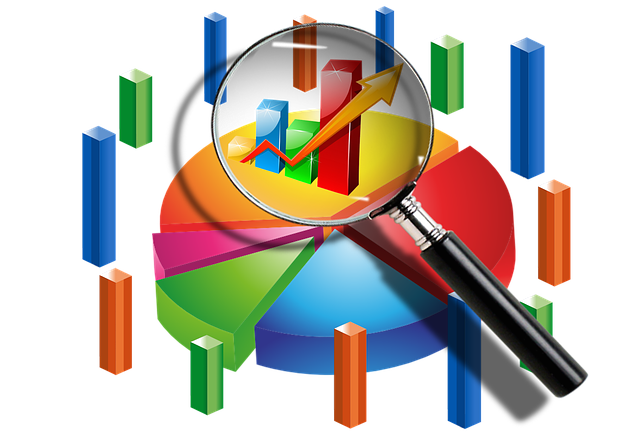
Image source: Clint Post via Pixabay
As competition swells and consumers are inundated with more marketing content, more channels and more choices, marketers face growing pressure to prove that their campaigns make an impact.
The good news: Marketers can transform every customer connection into an opportunity for growth by updating measurement strategies, points out Karen Sauder, vice president of sales at Google.
Sauder offers three recommendations for improving marketing measurement.
Stop waiting for a perfect solution. Many marketers wait for a “perfect” measurement solution that doesn’t exist. Companies cannot always attribute sales to marketing activities. Instead, improve measurement with proxy metrics such as store visits or small steps toward major conversions, known as microconversions. The Estée Lauder Companies (ELC) used Google Store Visits to correlate online store visits to ad clicks.
Evaluate the entire consumer journey. Examine insights across the entire consumer journey to get a picture of what’s working — and what’s not. It’s important to examine all channels, devices, and touchpoints, rather than viewing them in isolation. In addition, analyze data that’s unified around audiences, rather than channels, and connect measurement to ad platforms.
Put insights into action. The enormous amount of data now available can overwhelm marketers. Automation and machine learning can help quickly identify insights, allowing marketers to analyze faster and better and improve targeting, budget attribution, messaging and creative. Automation ensures that the right messages reach the most valuable customers in real time and at scale, Sauder says, citing Airbnb as an example.
“Airbnb would be the first to admit its process is not perfect, but it gets the team as close to proving the true business impact of marketing, while investing responsibly and scaling aggressively,” Sauder says.
How the Best Marketers Measure Results
Marketers who invest in better measurement gain substantial advantages. The 100 most mature marketers are four times as likely to exceed business goals, increase market share, and increase revenue as the 100 least mature marketers according to Google’s research.
Those mature marketers share common characteristics. They are more likely to: measure campaigns against a common business goal, use proxy metrics when they cannot measure outcomes directly, apply findings in near real time, use automation and machine learning, and share metrics with other teams.
Supporting Google’s findings, other marking experts predict that automation and machine intelligence will soon revolutionize marketing. Autonomous marketing systems will issue 55% of multichannel marketing messages based on marketer criteria and real-time customer behavior by 2023, states the Gartner report, Predictions 2019: Marketing Seeks a New Equilibrium.
However, marketing teams attempting to embrace artificial intelligence face significant challenges, namely fulfilling rising expectations and finding personnel with adequate technical and analytical skills.
While geared to Google advertising products, the recommendations also apply to organic marketing and PR. Most PR and marketing pros intuitively understand that measuring sales doesn’t tell the whole story. Tracking only sales doesn’t provide information on gains in product awareness, brand reputation, new sales leads or other important metrics.
For PR, it’s essential to track website traffic from earned media mentions as well as data that only a media measurement service can provide, such as message pull-through, brand sentiment and share of voice.
Bottom Line: After talking to CMOs about marketing challenges in a range of industries, a Google executive finds common themes. By improving measurement practices, marketers can drive customers toward sales and prove the value of their work. Tracking customer actions throughout the sales funnel, relying on proxy metrics when needed, and tapping automation can improve marketing messages and results.
William J. Comcowich founded and served as CEO of CyberAlert LLC, the predecessor of Glean.info. He is currently serving as Interim CEO and member of the Board of Directors. Glean.info provides customized media monitoring, media measurement and analytics solutions across all types of traditional and social media.




